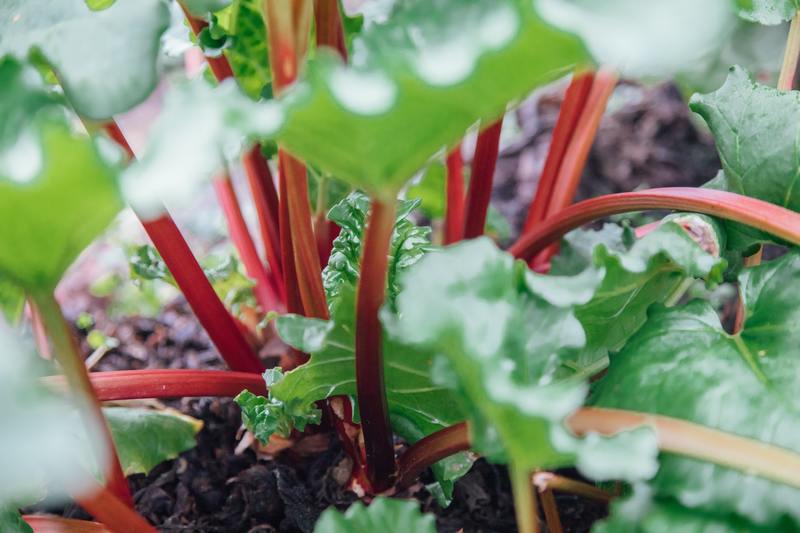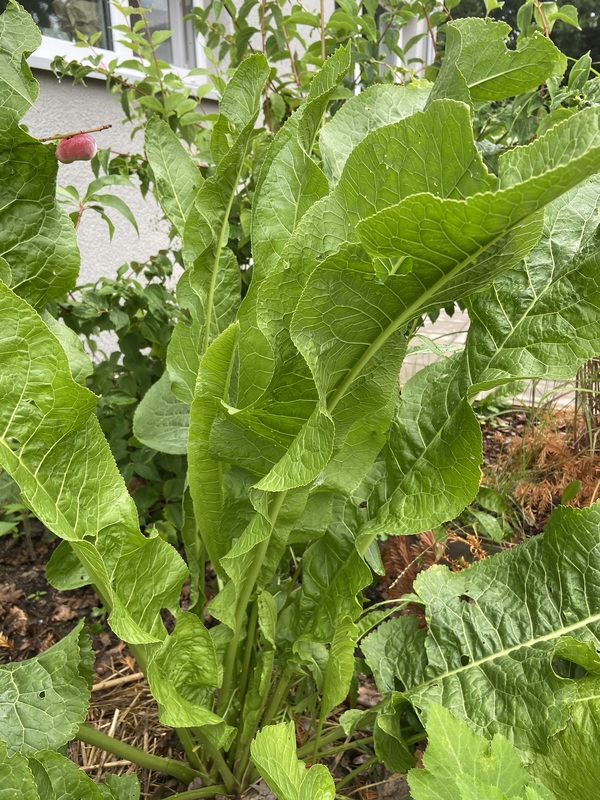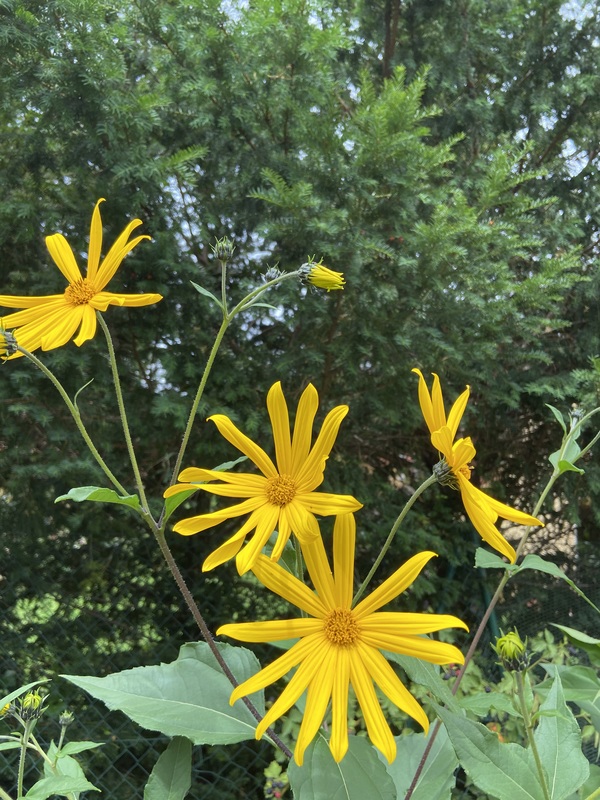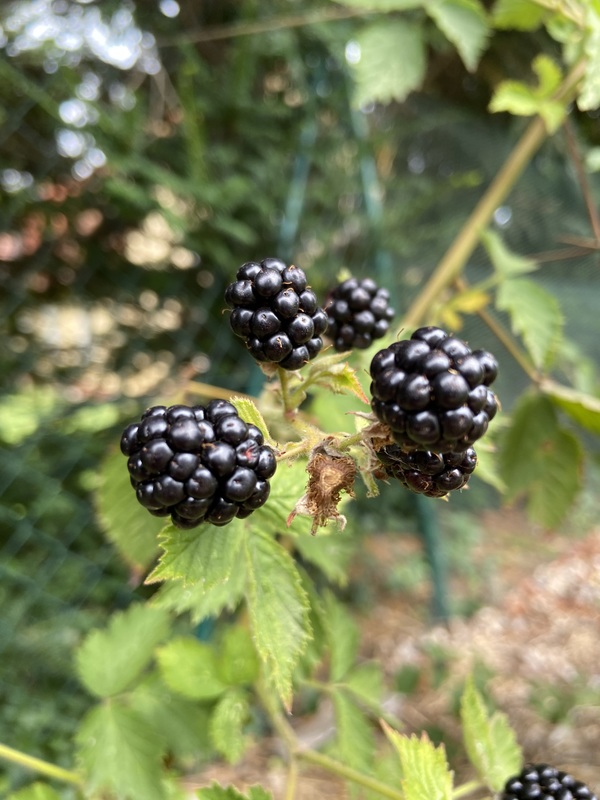Description
Watercress is a plant native to Europe and Asia. It is a member of the brassica family, which also includes mustard and wasabi. The plant has dark green, pinnately compound leaves and small white or light pink flowers. It grows in slow-moving or stagnant water, such as streams, ponds, and ditches. It is a semi-aquatic perennial plant and can grow up to 50 cm in height.
Watercress has a spicy, tangy flavor and is often used in salads and sandwiches. It is a rich source of vitamins A and C, as well as calcium and iron. The leaves and stems of the plant can be eaten raw or cooked. The plant is also commonly used as a garnish or as a garnish for soups.
Watercress prefers cool, moist growing conditions and is typically grown in shaded areas. It is typically grown hydroponically (5cm is enough) or in soil that is kept consistently moist. To cultivate watercress successfully, a grower will need to provide the plant with a constant source of water and make sure the soil pH is between 6 and 7.
Watercress is a hardy plant and can withstand cold temperatures. It is typically grown as a cool-season crop and can be harvested throughout the year, although the flavor is best in the spring and early summer, before it flowers.
Watercress is not only edible, but it also has many other uses. It has traditionally been used medicinally as a diuretic and to treat respiratory disorders and kidney and liver disease.



